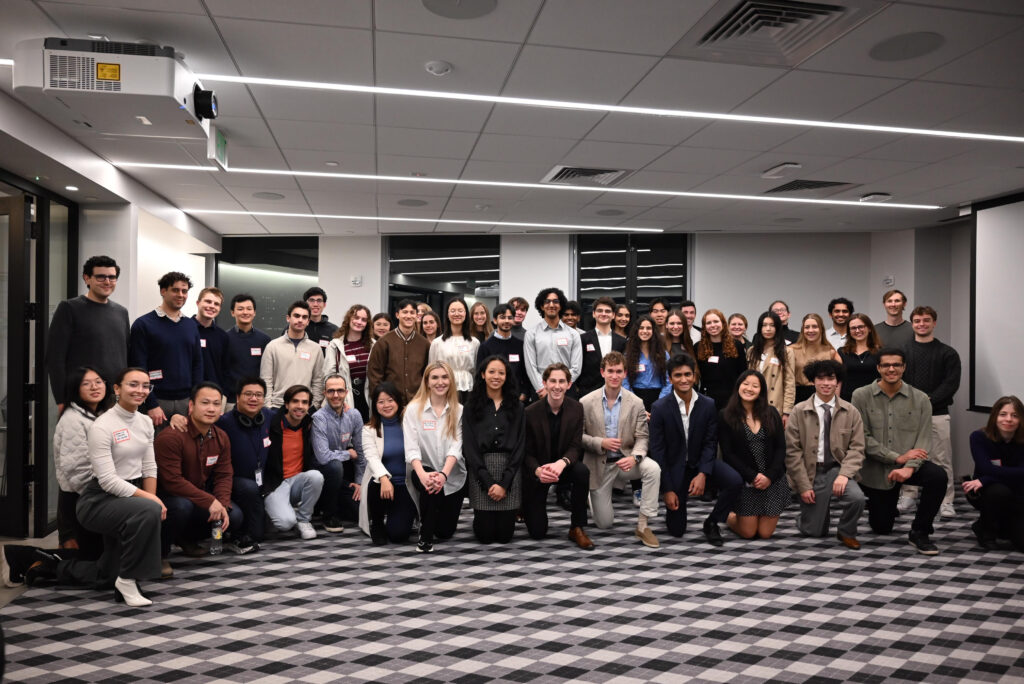“Brown adipose tissue (BAT), a major subtypes of adipose tissues, is known for thermogenesis and promoting healthful longevity.”
Emerging research suggests that a specific type of body fat may play an important role in healthy aging and physical performance. Researchers from Rutgers New Jersey Medical School explore this topic in a recent research perspective published in Aging (Aging-US). Their work discusses new findings and emerging ideas about the role of brown adipose tissue (BAT), commonly known as brown fat.
Understanding Brown Fat
The human body contains different types of fat. The most common is white adipose tissue (WAT), which primarily stores excess calories. When present in large amounts, WAT contributes to health problems like obesity, type 2 diabetes, and cardiovascular disease as a result of its role in metabolic imbalance.
In contrast, BAT serves a more dynamic role. Instead of storing energy, BAT burns calories to generate heat through a process called thermogenesis, powered by its high concentration of mitochondria—the energy-producing structures in cells. While BAT is abundant in newborns to help regulate body temperature, it persists in smaller amounts in adults, particularly around the neck, shoulders, and spine.
According to the research perspective, titled “Brown Adipose Tissue Enhances Exercise Performance and Healthful Longevity” brown fat’s role extends beyond thermoregulation. The authors suggest that BAT can significantly improve metabolic health, enhance physical performance, and promote healthful longevity.
How Brown Fat Enhances Physical Performance
While most studies focus on how exercise activates BAT, this research perspective suggests that brown fat itself may actively enhance physical performance. The authors, Dorothy E. Vatner, Jie Zhang, and Stephen F. Vatner, base their hypothesis on studies involving genetically modified mice lacking a protein called RGS14. These RGS14 knockout (KO) mice not only live longer but also exhibit improved endurance and better health markers compared to regular mice. These benefits are linked to the more active and efficient brown fat present in these genetically modified mice.
In experimental studies, brown fat from RGS14 knockout (KO) mice was transplanted into normal mice. The results were striking—within just three days, the recipient mice showed significant improvements in exercise performance, whereas mice that received brown fat from regular donors required several weeks to experience similar benefits.
These findings suggest that BAT is more than just a passive energy-burning tissue. It may actively influence strength, cardiovascular function, and overall health, highlighting BAT’s potential in supporting longevity.
The Importance of Brown Fat for Exercise and Aging
Different research studies highlight how BAT influences exercise capacity and aging. Beyond burning calories, BAT improves blood flow, enhances mitochondrial function, and reduces oxidative stress—factors essential for maintaining muscle health and endurance, especially with age.
In mice with active BAT, researchers observed increased blood vessel formation, which improves oxygen and nutrient delivery to muscles during physical activity. Combined with BAT’s support for mitochondrial health, this leads to greater stamina and resilience against age-related decline.
Additionally, BAT seems to offer broader health benefits, helping protect against conditions such as obesity, diabetes, heart disease, and neurodegenerative disorders like Alzheimer’s disease. All these findings highlight BAT’s potential, making it a possible target for therapies aimed at combating age-related conditions.
Future Directions: Brown Fat as a Potential Therapeutic Target
Various scientific findings about BAT have led researchers to suggest developing therapies that can mimic its effects. For example, a pharmaceutical analog of BAT could help treat age-related conditions, such as reduced physical capacity, metabolic disorders, and chronic diseases.
Beyond weight management, these therapies might enhance fitness, improve metabolic health, and support healthy aging, potentially extending lifespan. This approach could be especially valuable for individuals with limited mobility due to chronic conditions or age-related decline.
As research progresses, BAT-based therapies may transform how we address aging and metabolic diseases, offering new hope for improving quality of life.
Conclusion: Rethinking the Role of Brown Fat
Beyond its role in energy regulation, BAT may contribute to metabolic health, physical performance, and healthy aging.
Recognizing the potential health benefits of BAT challenges the traditional view of fat as something exclusively to reduce or eliminate. Instead, BAT appears to play an active role in the body’s metabolic processes, with potential implications for longevity and disease prevention. While further research is needed, exploring BAT’s functions may offer new strategies to support human health.
Click here to read the full research perspective in Aging.
___
Aging is indexed by PubMed/Medline (abbreviated as “Aging (Albany NY)”), PubMed Central, Web of Science: Science Citation Index Expanded (abbreviated as “Aging‐US” and listed in the Cell Biology and Geriatrics & Gerontology categories), Scopus (abbreviated as “Aging” and listed in the Cell Biology and Aging categories), Biological Abstracts, BIOSIS Previews, EMBASE, META (Chan Zuckerberg Initiative) (2018-2022), and Dimensions (Digital Science).
Click here to subscribe to Aging publication updates.
For media inquiries, please contact [email protected].

